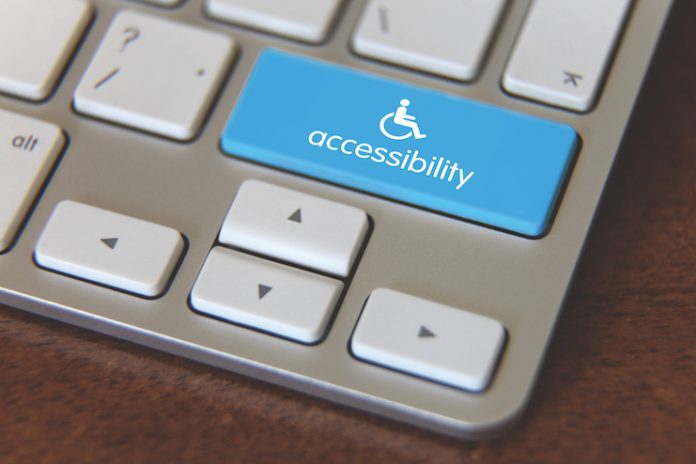
The Americans with Disabilities Act (ADA) was signed into law by President George H.W. Bush in 1990 to provide people with disabilities sufficient access to public areas. When this law was passed, the World Wide Web wasn’t as accessible to the public. Given the ubiquity of the internet in society, Congress and the courts have extended the ADA to address websites and web applications.
While the hotel and lodging industry understands the importance of website accessibility, many hoteliers don’t have a clear understanding of compliance requirements for web content. The good news is that there is a “primer” on web accessibility in the form of voluntary guidelines hotels can follow for developing more accessible websites.
These guidelines, known as the Web Content Accessibility Guidelines (WCAG), include four key principles – perceivable, operable, understandable, and robust – designed to make web content more accessible for the disabled.
-
Perceivable
Perceivable refers to how usable web content is and how it affects a user’s ability to find and process information on a website. To be perceivable, hotel pages should provide text alternatives to non-text content, add captions for videos and ensure that content is readable by contrasting images and text.
-
Operable
Under WCAG guidelines, operable means ensuring that the functionality of a web page does not impact a visitor’s ability to navigate and use the site. Tips for increasing usability of a web page include making sure website functionality can be navigated by keyboard, provide a “skip navigation” button for visitors using a text reader, avoid flashing images and clearly label pages to help users understand where they are on the website.
-
Understandable
The aim of the understandable category is to ensure that website visitors are able to read, interpret, and comprehend all information and navigation online. To do this, web pages should make navigation consistent, make text content readable through larger fonts and color contrast, ensure that website content loads consistently and compose error messages that include a clear explanation and direction for correcting it.
-
Robust
The robust section essentially means that the code used to build a website should function in the most common web browsers, so the content displays properly for all users. In order to be robust, make sure web code follows current standards, use standard HTML tags and test a website with all leading web browsers, search engine crawlers, screen readers and assistive technologies to ensure compatibility.
With these WCAG 2.0 guidelines in mind, hotels should not only consider the accessibility of their primary website but also other less obvious web content and applications. For example, video content, increasingly being used by hotel brands for content marketing, should be assessed for ADA compliance. This is becoming more relevant as recent ADA cases have begun to address video, requiring it to be understood by visually impaired individuals through adequate written descriptions of voiced content and also by the hearing impaired using appropriate sub-titles.
Hoteliers should also make accessible digital collateral and marketing content including digital brochures, directories, publications, and menus. If this content exists in a form like a PDF, it must still be accessible. Common PDF issues include images missing ALT text, language settings, illogical reading order and tables with no defined header. Alternative compliant web software can be used instead of a PDF to provide this type of content to users and easily meet WCAG standards.
Finally, hotel and lodging websites should contain clear descriptions of the accessibility features of their properties. This means providing information about the specific accessibility features of guest rooms and public areas in order to allow a disabled guest who visits the website the ability to determine whether or not the hotel can meet their individual needs. Hotels can effectively provide all this information through an ADA landing page that describes the accessibility features of rooms, amenities and services.
With over 40 million people living with a disability in the U.S., according to the U.S. Census, every hotelier should consider their efforts to provide accessible websites and web content to disabled travelers. ADA compliance provides an opportunity for hotels to ensure that guests with disabilities can select accommodations that meet their needs and to provide the best possible experience online and on property for these guests.











